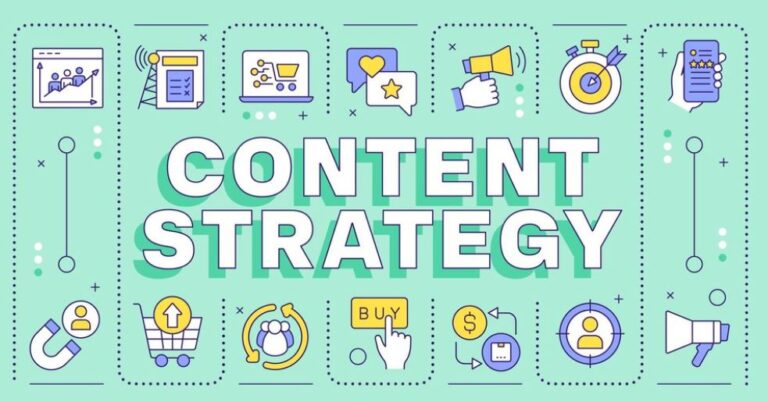Building a website’s timeline can vary widely based on several factors, including its complexity, features, and the development approach. Here’s a comprehensive guide to understanding the time involved in different stages of website development:
Planning and Research (1-3 weeks):
This phase involves defining the website’s goals, target audience, and key features. Conducting market research and competitor analysis helps in shaping the site’s strategy and design.
Design (2-4 weeks):
Designing a website includes creating wireframes and mockups that outline its structure and visual appearance. Feedback and revisions are crucial to refining the design before development begins.
Content Creation (2-4 weeks):
Developing high-quality content, such as text, images, videos, and other media, ensures the site is engaging and informative. SEO considerations are integrated into content creation to enhance visibility.
Development (4-12 weeks):
Front-end development involves translating the design into code using HTML, CSS, and JavaScript. Back-end development focuses on server-side functionality, database integration, and implementing features like user authentication and e-commerce.
Testing and QA (1-2 weeks):
Testing ensures the website functions correctly across different browsers, devices, and screen sizes. It involves identifying and fixing bugs, testing performance, security, and usability.
Launch and Post-Launch (1 week + ongoing):
Deploying the website involves final checks, domain setup, and hosting. Post-launch activities include monitoring site performance, collecting user feedback, and making necessary updates and improvements.
Overall, the time to build a website can range from 2 to 6 months or more, depending on its complexity and scope. Factors such as team size, client responsiveness, and the availability of resources also influence the timeline. Adhering to a structured approach and clear communication throughout each stage helps ensure the project stays on track and meets its objectives effectively.
What are the key factors to consider for website development?
When embarking on website development, several key factors must be considered to ensure the creation of a functional, user-friendly, and successful site. First and foremost, clearly define the website’s purpose and target audience to tailor the design and content accordingly. Usability is crucial; the website should offer intuitive navigation, fast loading times, and compatibility across various devices and browsers. The choice of technology stack, including programming languages, frameworks, and content management systems (CMS), should align with the project’s requirements and the website design and development team’s expertise. Content quality and SEO optimization are vital for attracting and retaining visitors while ensuring search engine visibility. Security measures, such as SSL certificates and regular updates, are essential to protect user data and maintain trust. Integration with third-party services like social media, payment gateways, and analytics tools can enhance functionality and provide valuable insights. Lastly, consider scalability and future growth, designing the website to accommodate increased traffic and additional features without compromising performance. Balancing these factors throughout the development process leads to a robust and effective online presence.
How Much Does Web Design Cost in Sydney in 2024?
In Sydney, the cost of web design in 2024 can vary widely depending on several factors, including the complexity of the website, the features required, the expertise of the design agency or freelancer, and additional services like SEO optimization and ongoing maintenance.
Basic Website: For a simple website with a few pages (e.g., home, about, services, contact), you might expect to pay between AUD 1,000 to AUD 3,000.
Medium-Sized Website: A more complex website with additional features such as a blog, portfolio, or basic e-commerce functionality could range from AUD 3,000 to AUD 10,000.
E-commerce Website: Websites with extensive e-commerce features, including product listings, shopping carts, payment gateways, and inventory management, typically start from AUD 5,000 and can go up to AUD 20,000 or more.
Custom and Enterprise Solutions: Larger projects, such as custom-built platforms, enterprise-level websites, or those requiring advanced integrations and bespoke designs, can range significantly and may start from AUD 10,000, going well beyond AUD 50,000 depending on complexity and specific requirements.
Additional costs to consider may include domain registration, web hosting, content creation, ongoing maintenance, and SEO services. It’s essential to discuss your project requirements in detail with potential service providers to get accurate quotes and understand what is included in the pricing. Choosing a reputable agency or freelancer with a portfolio of relevant work and positive client reviews can help ensure you get value for your investment in web design in Sydney.

